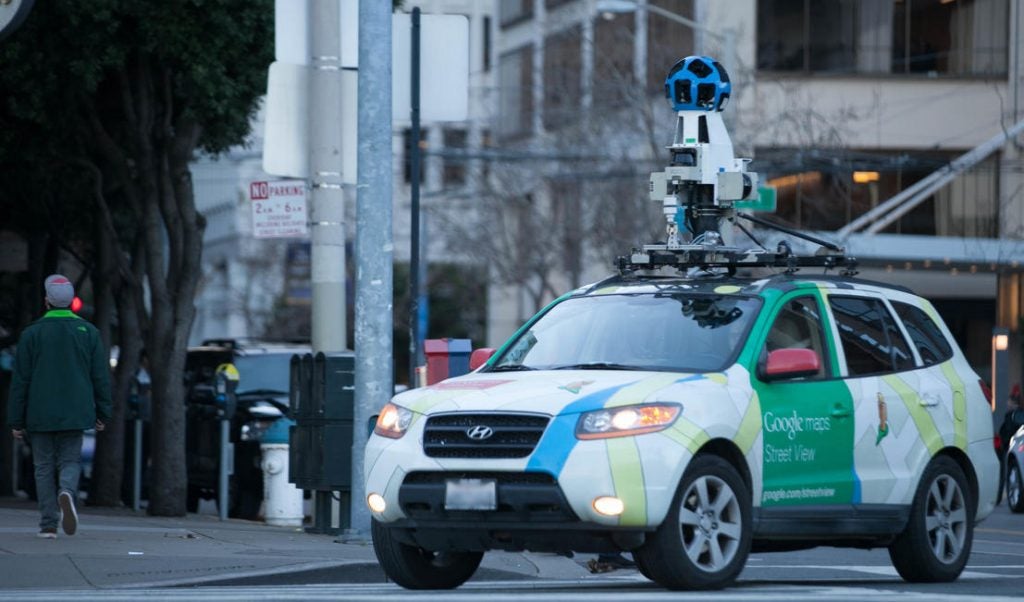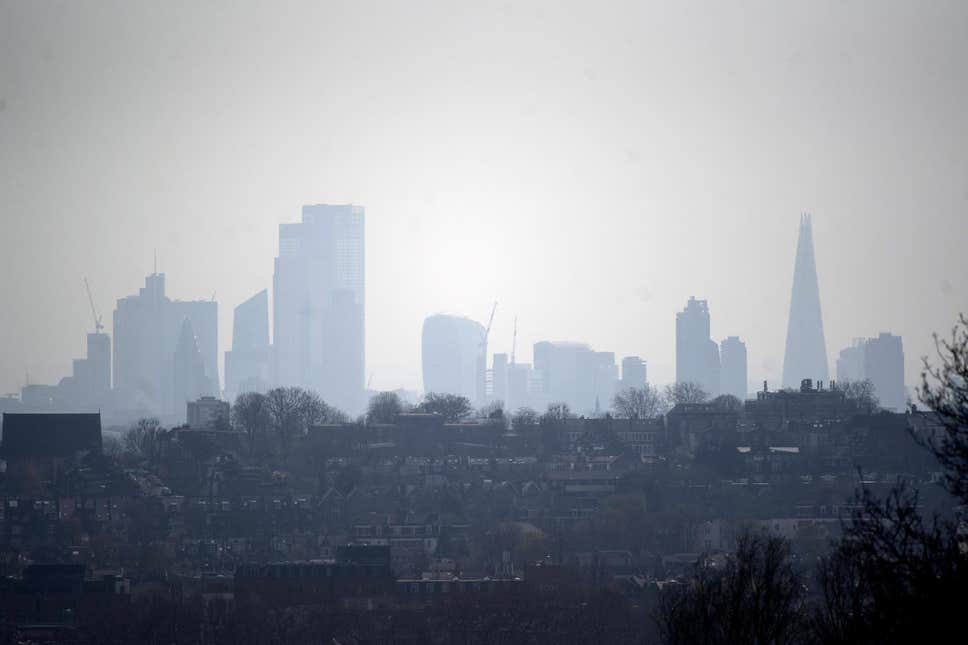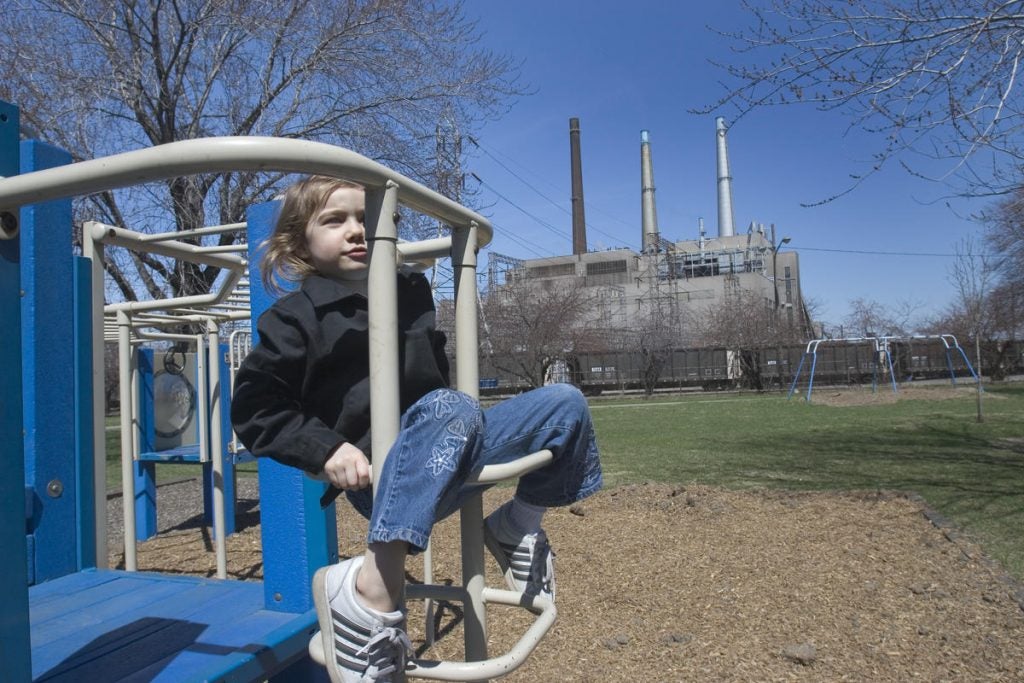Academic
You research air pollution, its impacts on human health, and the disparities it creates between different groups of people. You may work in academia researching or studying atmospheric chemistry, geography, public health, engineering, or urban planning. We curated these pages of this website just for you.
-
At the Forefront of Air Quality Research Collaborative Efforts, Rooted in Science
Read MoreStarting with our first study in Oakland, EDF has convened a diverse group of partners from industry, academia, local government, health care and community environmental justice organizations to inform our approach and improve our understanding of our findings. These efforts have already produced a series of peer-reviewed studies and user-friendly maps that are supporting efforts by local organizations, air pollution managers, and policy makers develop and implement helping advocate for meaningful pollution reduction reforms.
 Bay Area, California
Bay Area, California
-
Health Impacts of Air Pollution
Learn MoreChildren, the elderly, and people with existing diseases are even more vulnerable and susceptible to harm from breathing unhealthy air. And low-income communities and communities of color often experience higher exposure to air pollution and bear a greater burden of the health and economic impacts.
-

The London Study
Read MoreWith more than 100 lower-cost sensor pods and specially-equipped Google Street View cars, Breathe London complements and expands upon London’s existing monitoring networks. The project aims to help people better understand their local air quality. Read the three takeaways.
-
“I primarily see the world and my research from a systems-level view, using the sustainability tool of life cycle assessment to quantify the environmental impacts of the built environment (BE). In working in the BE space, it is important to examine both the external impacts of the ambient air, but also the indoor air impacts as people spend most of their time indoors.”
 Dr. Melissa BilecAssociate Professor, Swanson School of Engineering; Deputy Director, Mascaro Center for Sustainable Innovation
Dr. Melissa BilecAssociate Professor, Swanson School of Engineering; Deputy Director, Mascaro Center for Sustainable Innovation
-
Finding Pollution Sources
Read MoreAnalysts use a variety of methods, depending on budget, capacity and existing data sources–to pinpoint the sources of pollution. For example, so-called source-based approaches start at the point from where air pollution is flowing and follow emissions as they mix, react, disperse and move through the atmosphere.

Research supported by EDF’s Global Clean Air program
Health of the Air: Adverse Health Impacts of Outdoor Air Pollution, including from Wildland Fires, in the United States (October 2023)
Toward hyperlocal source identification of pollutants in cities by combining mobile measurements with atmospheric modeling (October 2023)
Methane and Health: Dialogue Series (July 2023)
Performance-based protocol for selection of economical portable sensor for air quality measurement (June 2023)
Geophysical Research Letters: Extreme Smog Challenge of India Intensified by Increasing Lower Tropospheric Stability (June 2023)
Environmental Research: Health: Air pollution and health impacts of oil & gas production in the United States (May 2023)
Making the Invisible Visible: Shining a Light on Warehouse Truck Air Pollution (April 2023)
Updated Analysis of PM2.5-related Health Burdens Under Current and Alternative NAAQS (March 2023)
Identifying Patterns and Sources of Fine and Ultrafine Particulate Matter in London Using Mobile Measurements of Lung-Deposited Surface Area (December 2022)
Analysis of PM2.5-related Health Burdens Under Current and Alternative NAAQS (June 2022)
New methods to derive street-scale spatial patterns of air pollution from mobile monitoring (February 2022)
Evaluating uncertainty in sensor networks for urban air pollution insights (January 2022)
Mortality Risk from PM2.5: A Comparison of Modeling Approaches to Identify Disparities across Racial/Ethnic Groups in Policy Outcomes (December 2021)
Characterizing Elevated Urban Air Pollutant Spatial Patterns with Mobile Monitoring in Houston, Texas (January 2020)
High-spatial-resolution mapping and source apportionment of aerosol composition in Oakland, California, using mobile aerosol mass spectrometry (November 2018)
Mapping Air Pollution with Google Street View Cars: Efficient Approaches with Mobile Monitoring and Land Use Regression (October 2018)
Observing local CO2 sources using low-cost, near-surface urban monitors (September 2018)
Robustness of intra urban land-use regression models for ultrafine particles and black carbon based on mobile monitoring (September 2017)
High-Resolution Air Pollution Mapping with Google Street View Cars: Exploiting Big Data (June 2017)
Comparison of Ultrafine Particle and Black Carbon Concentration Predictions from a Mobile and Short-Term Stationary Land-Use Regression Model (November 2016)
